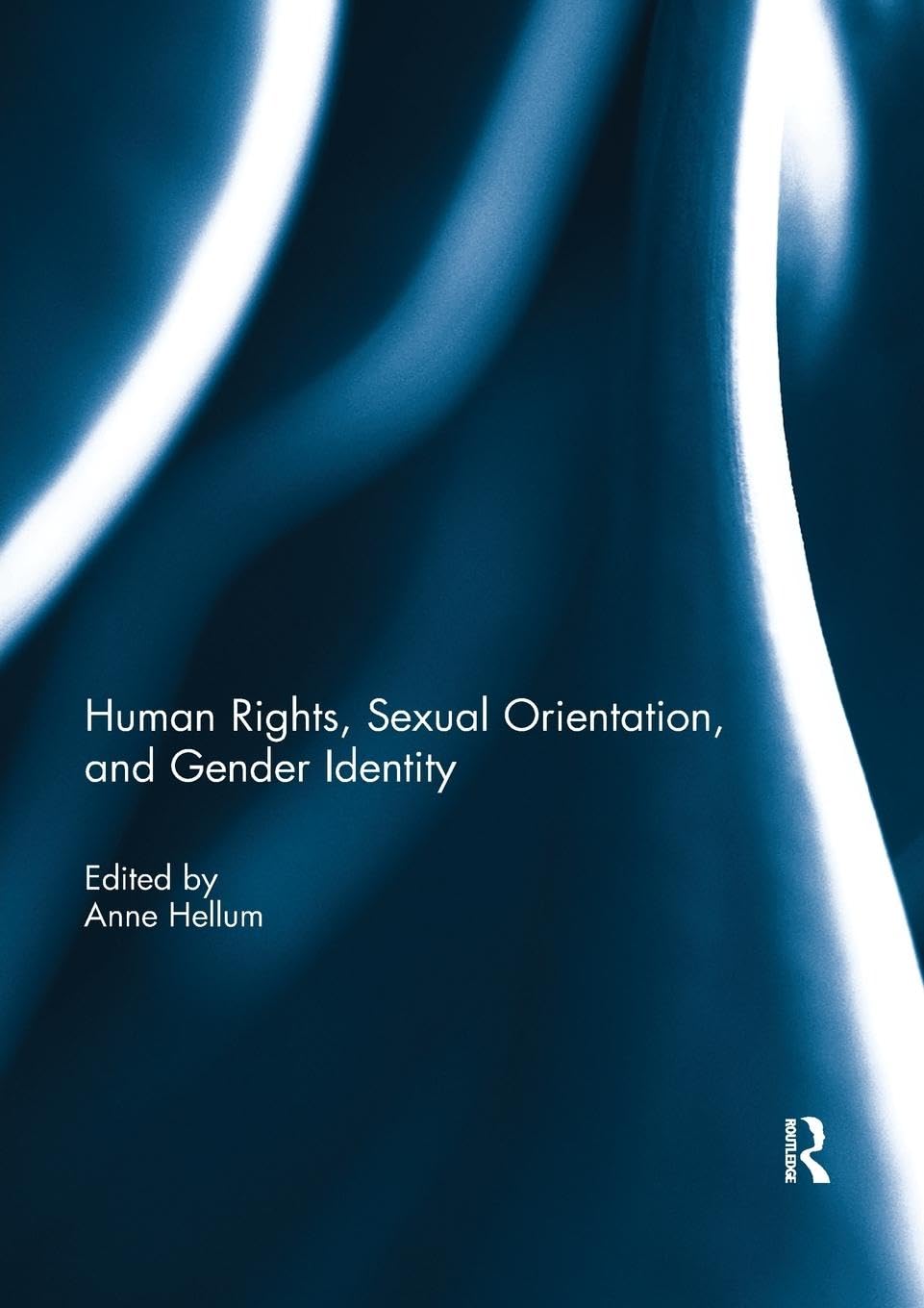Human Rights, Sexual Orientation, and Gender Identity
Human Rights, Sexual Orientation, and Gender Identity is backordered and will ship as soon as it is back in stock.
Couldn't load pickup availability
Genuine Products Guarantee
Genuine Products Guarantee
We guarantee 100% genuine products, and if proven otherwise, we will compensate you with 10 times the product's cost.
Delivery and Shipping
Delivery and Shipping
Products are generally ready for dispatch within 1 day and typically reach you in 3 to 5 days.
Book Details
-
Publisher: Routledge
-
Author: Anne Hellum
-
Language: English
-
ISBN: 9780367028985
-
Binding: Paperback
-
Release Date: 10-01-2018
-
Pages: 132
-
Package Dimensions: 9.4 x 6.8 x 0.5 inches
About the Book
"Gender Harm and Human Rights: Legal and Social Perspectives" by Anne Hellum explores the complex relationship between human rights principles and gender identity issues, with a particular focus on how these principles respond to the concerns of individuals who experience harm due to the binary conception of gender and sexuality.
The book offers an in-depth analysis of the Yogyakarta Principles, which apply international human rights law to sexual orientation and gender identity. Hellum examines how the dynamic jurisprudence of human rights treaty bodies reflects the growing recognition of gender diversity and sexual multiplicity in global legal frameworks.
Key Features:
-
Human Rights and Gender Identity: Explores how gender identity, freedom, and equality are embedded in human rights discourse, especially for those affected by the traditional binary conception of gender.
-
Legal Challenges for Gender-nonconforming Individuals: Investigates legal cases where transgender men have been prosecuted for gender fraud and the ongoing tension between legal gender change and societal recognition.
-
Focus on Children: Provides a unique look at the concerns of gender-nonconforming children and the challenges they face, including legal recognition and social acceptance.
-
Global Jurisprudence: Discusses the role of the Child Rights Committee and how international human rights law is evolving to meet the needs of gender-nonconforming individuals.
This book is essential reading for human rights professionals, gender studies scholars, legal practitioners, and anyone interested in the intersection of gender identity, human rights law, and social justice. It offers a fresh perspective on how the law can better support individuals whose gender identities fall outside traditional norms.





